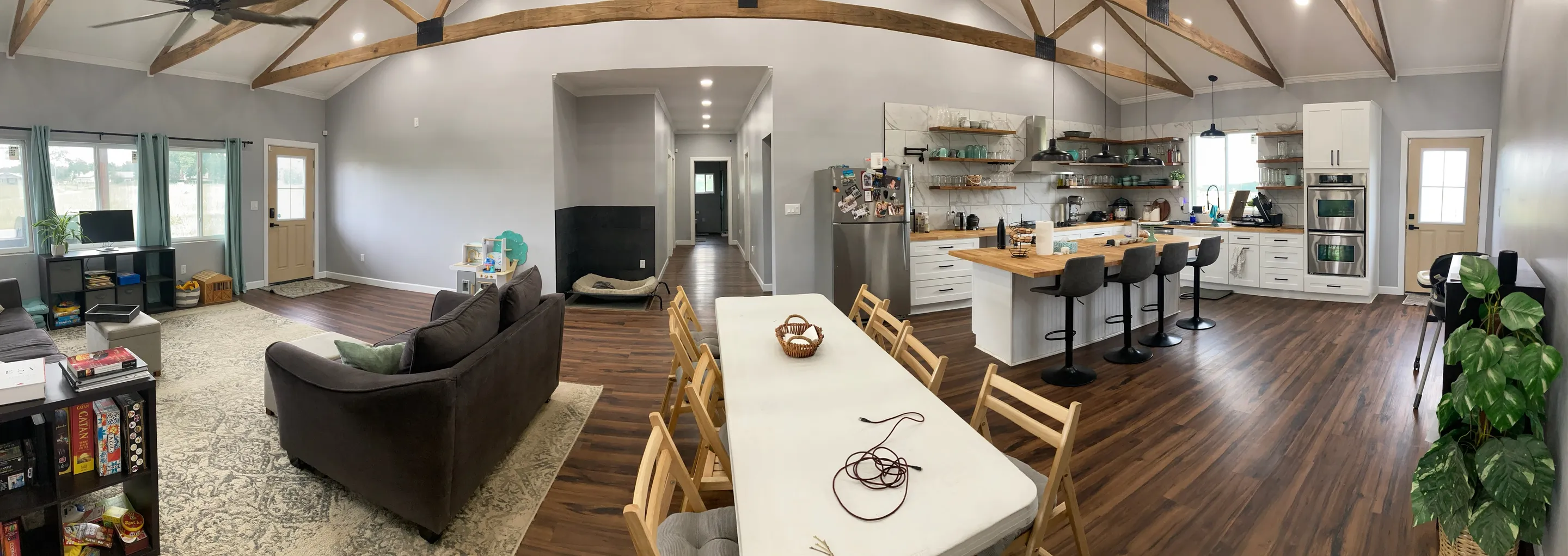Can You Promote Fellowship Through Interior Design?


When God's people gather for corporate worship, we've always looked for ways to beautify the space in which we meet.
Sometimes you don’t have a choice for what your meeting space looks like. Many churches and church plants share a building with someone else. Others might own their building but just don't have the budget to start knocking down walls.
However, the design and layout of common spaces in your church building will either help or hinder people feeling welcome and at home in your church.
When my wife and I bought our first house, we were excited to host people for meals and fellowship. You can imagine that I was disappointed when I realized that the layout of our walls and floor plan made fellowship difficult.
A wall separated the kitchen from the living room, and the dining area tried to straddle the two rooms, which made it awkward to socialize while we cooked food for our guests.
 Conincidentally, we're standing where you would have to stand while talking with someone in the kitchen.
Conincidentally, we're standing where you would have to stand while talking with someone in the kitchen.
When we decided to build a house, we designed the floor plan to be open and spacious. Not being interior designers or “feng shui” experts, we were expecting that this new layout would solve our problem.
It did - but not perfectly! After all that, there are things I would still do differently to make our home as welcoming and supportive of fellowship as possible.
 Our new house, still a work in progress.
Our new house, still a work in progress.
If you own your church building and can afford it, seek out a professional for help creating a space that is beautiful and inspiring. Regardless of your situation, don’t take for granted opportunities to beautify the place you're gathering for corporate worship.
At the end of the day, there's nothing that is more welcoming than a friendly, genunine person. Inspire your congregation to be that hospitable through their environment.